🧠 AI이미지에속은소비자들…진짜인지도구별안가는시대((AI-Generated Images Are Fooling Consumers — Can You Tell What's Real?))
🧠 AI이미지에속은소비자들…진짜인지도구별안가는시대
((AI-Generated Images Are Fooling Consumers — Can You Tell What's Real?))
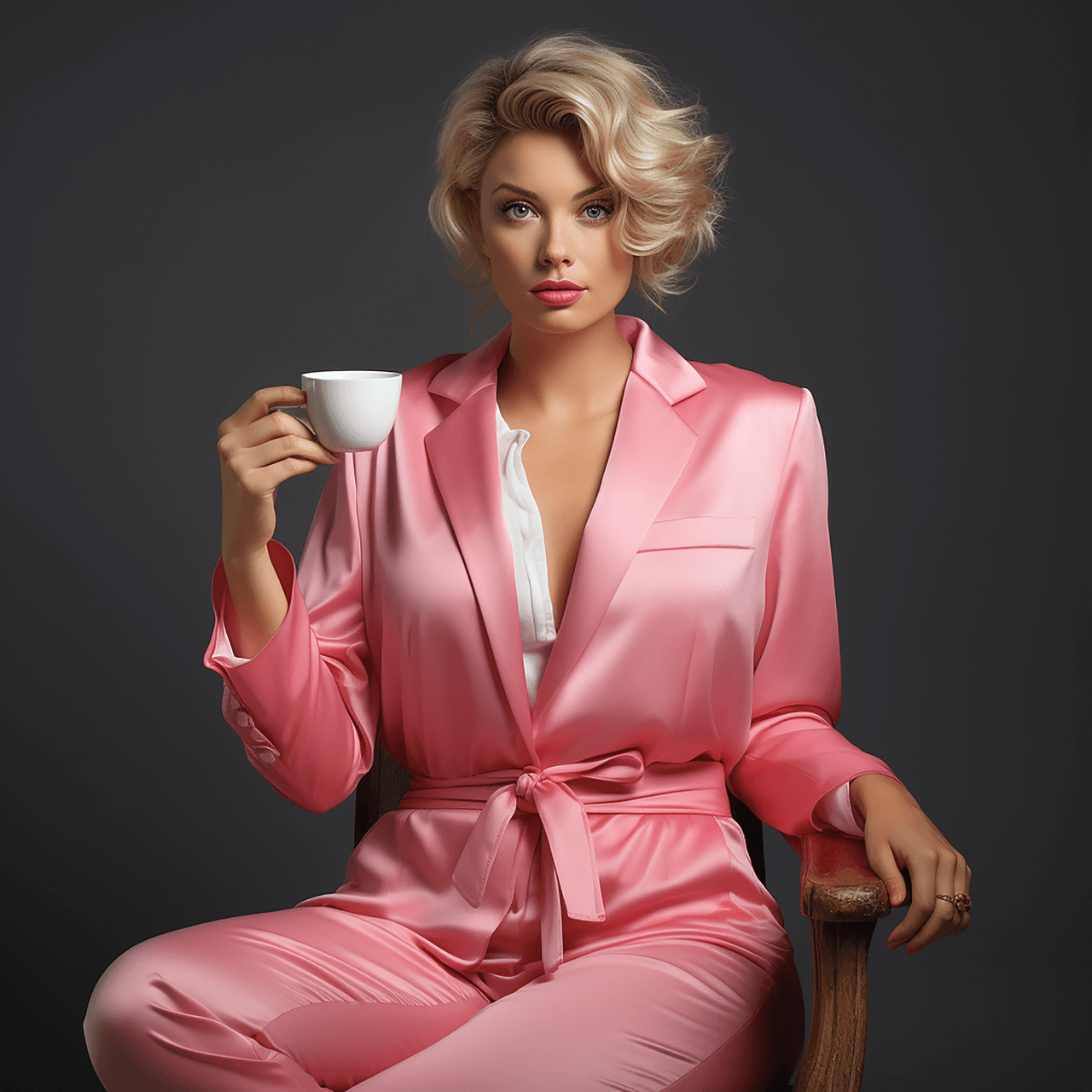

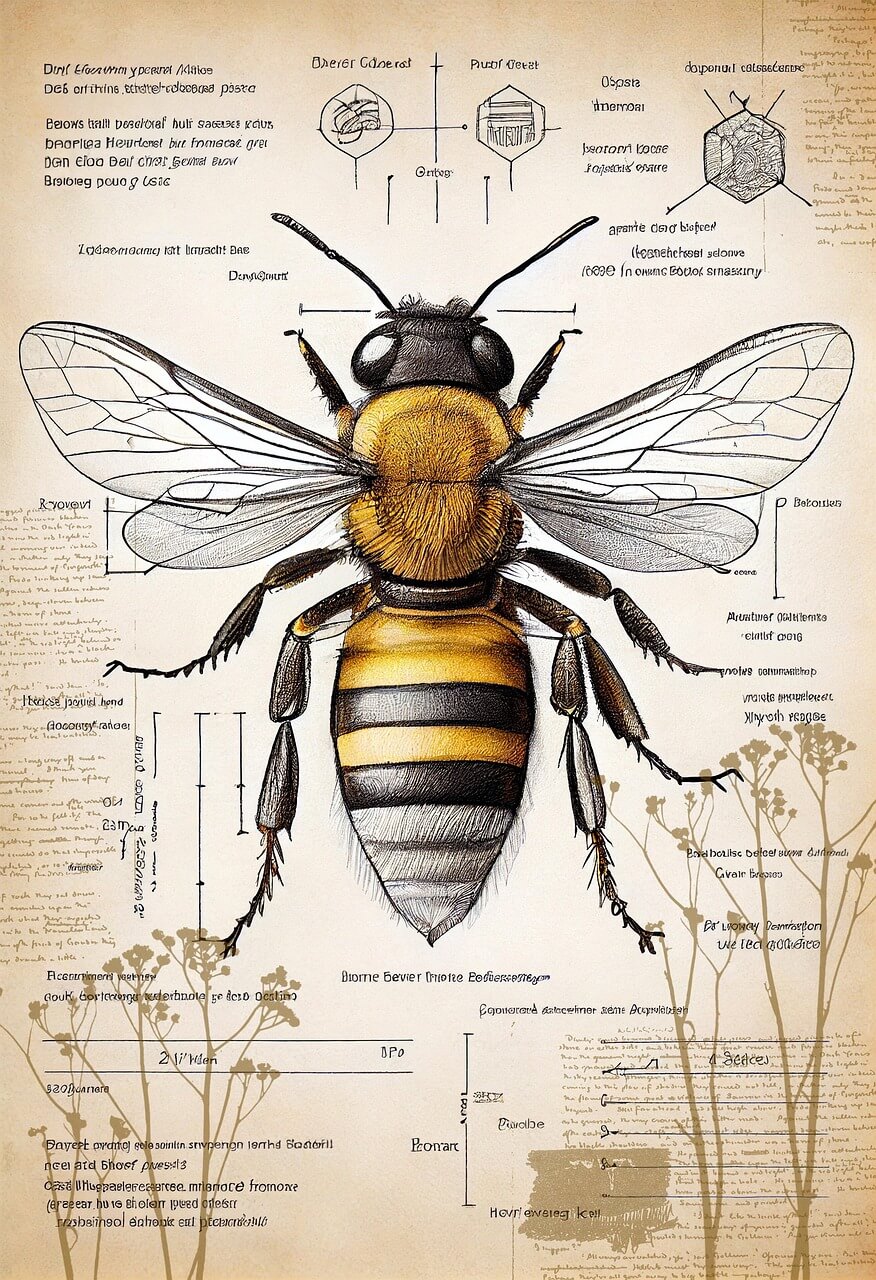
AI가내일자리를뺏어갈까?
🤖 AI가내일자리를뺏어갈까? 2025년2분기삼성전자실적발표!2025년2분기삼성전자실적발표! “반도체가 다시 웃었다?” + 주가·시장 반응 총정리올 것이 왔습니다.2025년 2분기, 삼성전자의 반도체
100zakpumsori.com
“어디까지가 진짜고, 어디부터가 만든 걸까?”
요즘 뉴스 썸네일, 쇼핑몰 제품 사진, 맛집 블로그까지…
모두 실제처럼 보이지만 알고 보면 AI가 만든 이미지일 수 있습니다.
이제는 ‘딱 보면 알겠지’라는 감각도 무력화되는 시대가 왔습니다.
'반려로봇'시대, 우리삶이바뀐다!로봇!
🤖'반려로봇'시대, 우리삶이바뀐다!로봇! 🐶 안녕하세요, 미래 생활을 꿈꾸는 여러분! 혹시 식당에서 서빙 로봇이 음식을 가져다주는 모습, 이제는 꽤 익숙하시죠? 🦾 예전엔 영화에서나 보던
100zakpumsori.com
📸 AI 이미지, 현실과 거의 똑같다?
최근에는 텍스트만 입력하면 몇 초 만에
실제 촬영한 것처럼 보이는 인물·음식·배경 이미지를 생성해주는
생성형 AI 이미지 툴이 급속도로 확산되고 있습니다.
대표적인 예로는
Midjourney (미드저니)
DALL·E (달리)
Stable Diffusion (스테이블 디퓨전)
같은 툴들이 있습니다.
이 도구들은 카메라가 없어도 ‘찍은 것처럼’ 보이는 이미지를 만들 수 있어
언론사, 블로거, 쇼핑몰 운영자들 사이에서 광범위하게 사용되고 있습니다.
📉 문제는 진짜처럼 보여도 '진짜가 아니다'는 것
뉴스에서는 AI가 만든 이미지를 실사처럼 써서
독자의 오해를 유도하거나 자극적인 클릭을 유도하기도 하고
쇼핑몰에서는 AI로 만든 모델 착용 이미지를 쓰면서
실제와 다른 상품을 보여주는 경우도 늘고 있습니다.
문제는 이 모든 이미지가
✅ 실제 인물이 존재하지 않고
✅ 옷도 존재하지 않으며
✅ 배경조차 현실에 없는 경우가 많다는 점입니다.
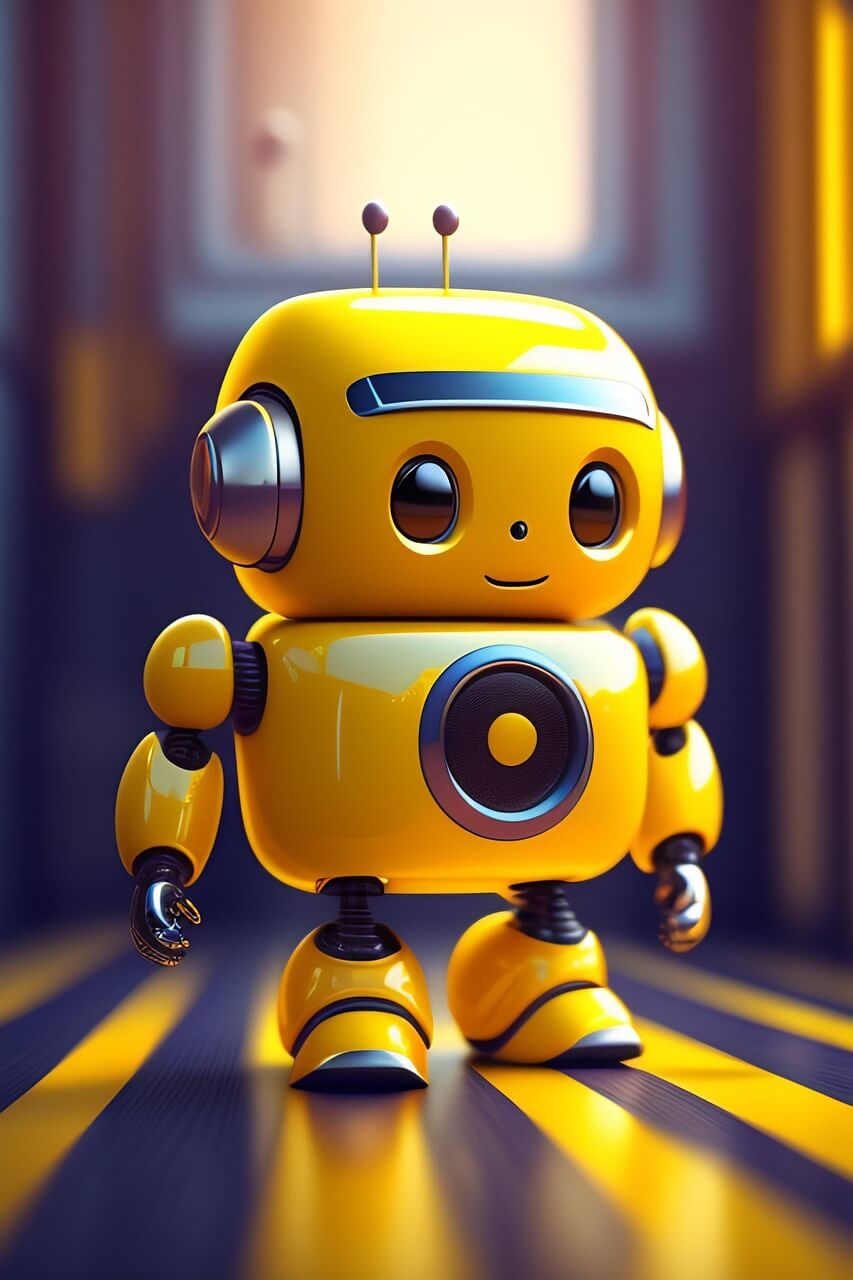

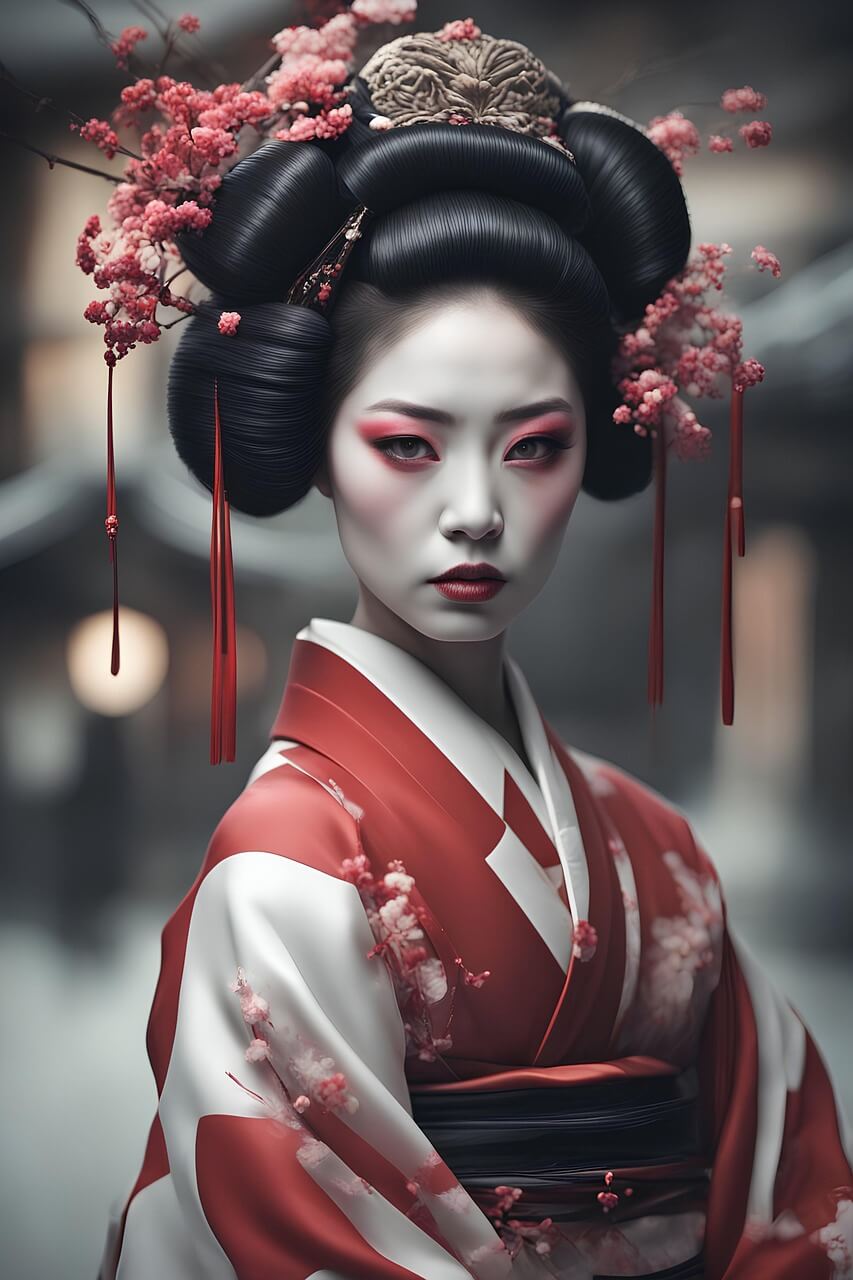
🧾 실제 사례 ① – 쇼핑몰
A 쇼핑몰은 모델 사진을 AI로 제작해 옷을 입힌 후
“실제 착용 컷입니다”라고 표기했습니다.
그러나 구매자가 받은 제품은 핏도, 색상도, 질감도 완전히 달랐고
“속았다”는 항의가 이어졌습니다.
🧾 실제 사례 ② – 뉴스 이미지
한 포털 메인 뉴스 썸네일에 등장한 '울고 있는 아이' 이미지.
실제로는 AI가 만든 합성 이미지였고, 존재하지 않는 아이였습니다.
뉴스 내용과 무관한 감정 유발 이미지를 사실처럼 사용한 것에
비판 댓글이 3천 개 이상 달렸습니다.
---
🔍 코디의 시선 – '진짜처럼 보이는 가짜'는 위험하다
✔️ 지금은 단순히 시각적 문제일 수 있지만
✔️ 앞으로는 정치, 범죄, 기업 홍보, 투자사기에 악용될 수 있음
✔️ 특히 언론사나 공공기관은 AI 이미지 표기 의무화가 필요
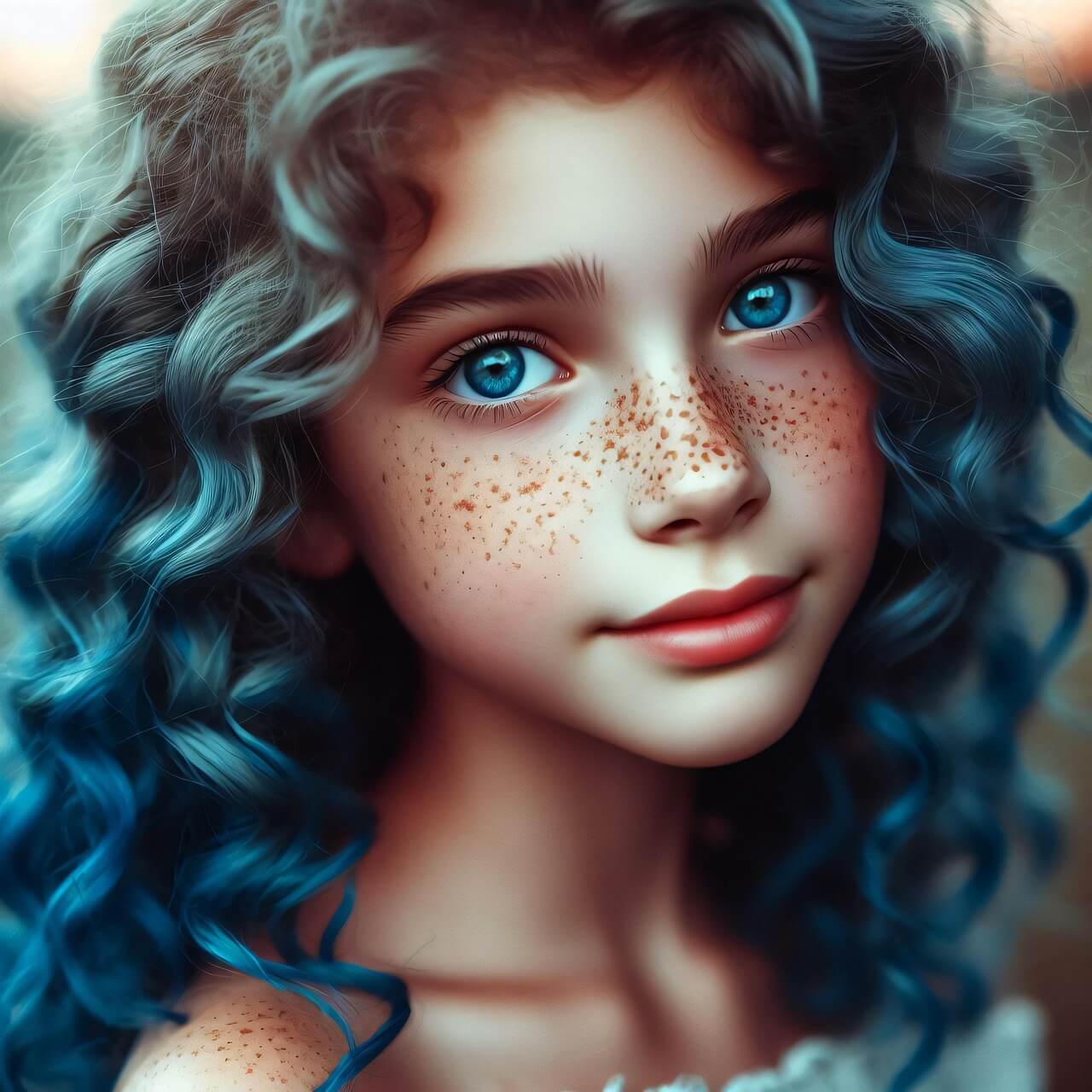
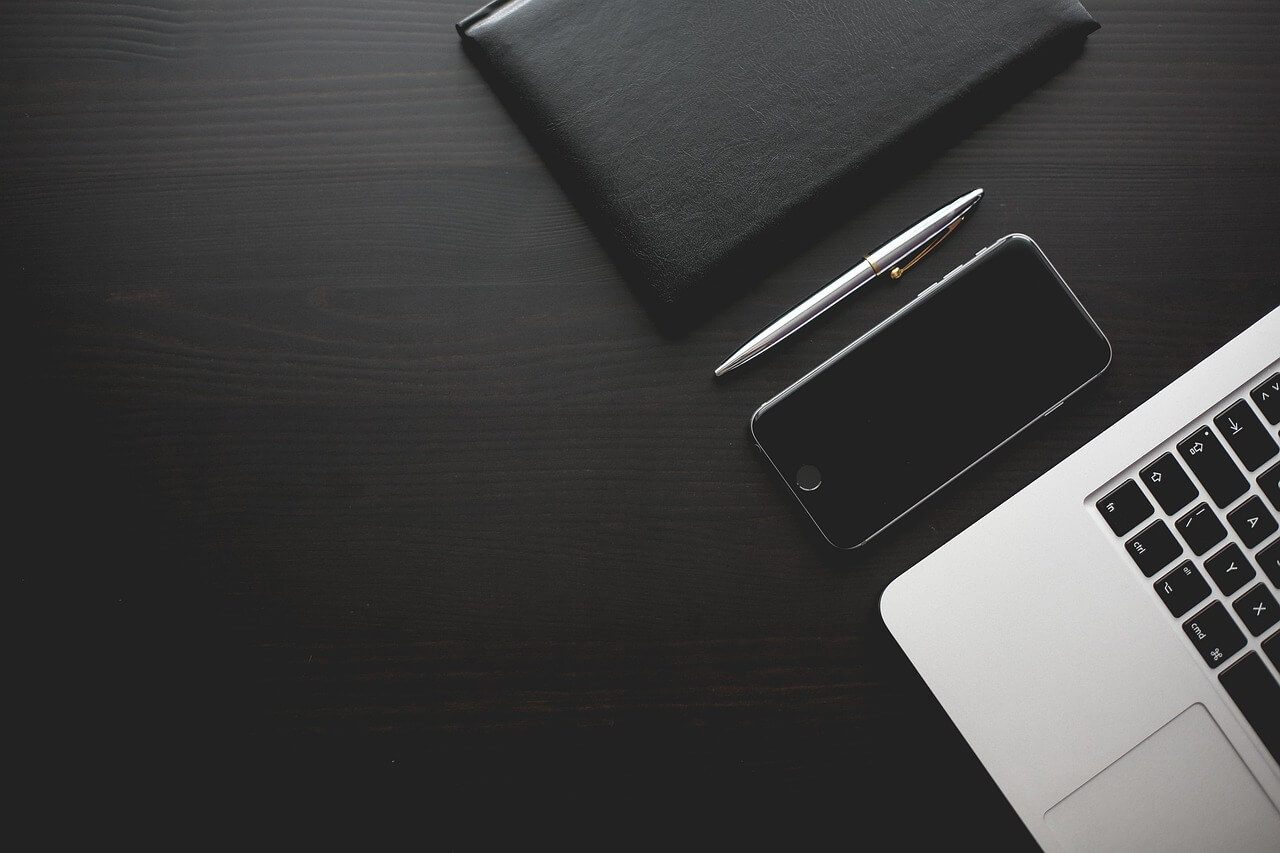

🧠 AI-Generated Images Are Fooling Consumers — Can You Tell What's Real?
"Is this real or not?"
That’s the question more and more consumers are asking — and often getting wrong.
From news thumbnails to online shopping sites, hyper-realistic images are now being created not by cameras, but by AI image generators.
Tools like Midjourney, DALL·E, and Stable Diffusion can now produce visuals so realistic, even professional editors are sometimes fooled.
---
🎨 The Illusion of Reality
These tools work by converting text prompts into visuals that mimic real photography.
For example:
A fake person wearing clothes that don’t exist
A perfectly lit dish in a restaurant that was never cooked
A child crying in the rain — who doesn’t exist at all
In many cases, the backgrounds, people, clothes, and emotions in these images are entirely fabricated.
---
🛍️ Case Study 1 – AI Fashion Model Photos
An online fashion store used AI-generated models wearing digital clothing and claimed the photos were “actual fitting cuts.”
Customers who purchased the items found that the fit, color, and texture were completely different from what was shown.
Complaints flooded in, accusing the seller of deception.



📰 Case Study 2 – News Manipulation
A major news platform used a highly emotional image of a crying child to accompany an article about school bullying.
It was later revealed the photo was AI-generated, and the child in the image did not exist.
Readers were outraged at the emotional manipulation and demanded better transparency from the press.
---
🚨 CODY's Insight: Why This Is More Dangerous Than It Seems
These images don’t just mislead — they create false narratives
Without regulation, AI visuals can influence elections, investments, and public opinion
Governments and platforms need to enforce labeling policies for AI content
이상
🧠 AI이미지에속은소비자들…진짜인지도구별안가는시대((AI-Generated Images Are Fooling Consumers — Can You Tell What's Real?))
였습니다.